What boletus looks like and features of boletus cultivation
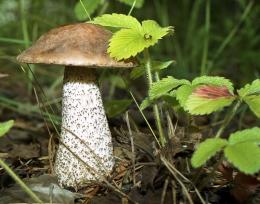
When going on a quiet hunt, every mushroom picker should know the main edible mushrooms that are found in the area. If the forest is predominantly deciduous, with frequent birch trees, then there is a very high probability that edible mushrooms can be collected in such a forest. Let's try to find out what boletus looks like, its types and whether it can be confused with poisonous or inedible mushrooms.
Content:
- boletus mushroom
- How to use boletus mushrooms, their chemical composition
- Growing boletus mushrooms on your own
boletus mushroom
The mushroom received its name for its ability to form mycorrhiza with the roots of birch trees. As a result of this interaction, the mushrooms and the tree help each other in obtaining and assimilating nutrients. About four dozen species of boletus are found on the territory of domestic forests.
All of them are representatives of tubular mushrooms from the genus Obabka. The color of boletus caps may differ not only from the species, but also from the growing conditions. Most often, the caps are colored brown in different shades.
There are species with gray and pinkish caps. The flesh of the cap is light, sometimes painted pink or blue at the break. The legs of boletus mushrooms are thin, but quite strong and hard, cylindrical with a thickening at the bottom.
As adult boletus mushrooms grow, they become coarser and acquire a fibrous structure.The legs of boletus mushrooms have a characteristic gray-speckled pattern, well defined almost along the entire length.
The fruiting bodies of boletus grow very quickly. Approximately on the sixth day after emergence, they reach their maximum size and mushroom are starting to get old. On the 10th day, the boletus fruiting body becomes old and unsuitable for food.
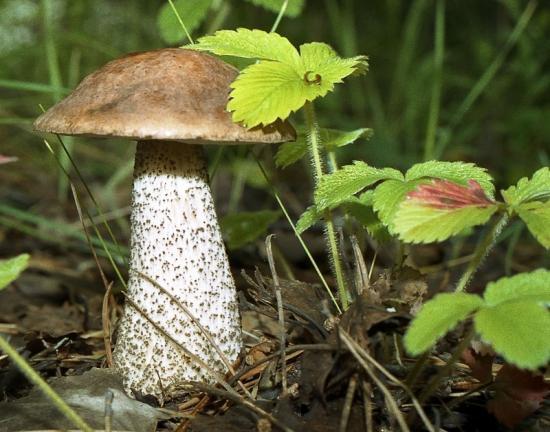
Despite the fact that all boletus mushrooms have a similar appearance and taste, there are still some differences between them:
- common boletus - the mushroom has several varieties of caps which are colored from light gray to dark brown, the stem is thin, thickened at the bottom, the flesh is light, does not change color when broken, an adult mushroom has a stem up to 17 cm long and a cap up to 15 cm in diameter, fruiting bodies begin to appear in early June and are found until mid-September
- pink boletus - the cap of the mushroom has a gray-brown or brownish-brown color, at the break the flesh turns pink, the stem is thin, club-shaped, the lower part of the cap in young mushrooms is light, in old ones it is dark, dirty gray, fruiting bodies appear throughout the summer, until October
- black boletus - distinguished by a dark brown or black cap, in addition, it can be twice as small in size as other types of this mushroom
Important! Even experienced mushroom pickers can confuse boletus mushrooms with some tubular inedible mushrooms. The inedible gall mushroom is similar to boletus. The main difference is the pattern on the stem in the form of a mesh of brown veins, the taste is bitter.
Pepper mushroom is also a mushroom that can be confused with boletus mushroom. The main difference is the yellow color of the pulp and the pungent taste.The mushroom is not poisonous, but is used in small quantities instead of pepper. More common under coniferous trees than under birches.
How to use boletus mushrooms, their chemical composition
All boletus mushrooms are good edible mushrooms. When collecting them in the forest for food consumption, it is important to know that you need to refuse and not take boletus mushrooms in the basket if:
- old mushroom
- shows significant signs of insect damage
- grows near a highway or railroad
- There is a large industrial enterprise nearby
- the appearance of the mushroom is questionable
It is necessary to give preference to young and strong mushrooms from ecologically clean forest areas. All boletus mushrooms are distinguished by a fairly high water content, up to 90 g/100 g, and a significant amount of dietary fiber, up to 5 g/100 g.
The protein compounds in these mushrooms are slightly more than 2 g/100 g, almost 1 g/100 contain fat, and they contain 2 g/100 g of carbohydrates. The nutritional value of boletus mushrooms is 20 kcal/100 g. The proteins of these mushrooms contain essential amino acids, especially just like:
- isoleucine
- tryptophan
- valine
- lysine
Also found in boletus vitamins:
- WITH
- E
- IN 1
- AT 2
- RR

Macro- and microelements are presented:
- potassium
- phosphorus
- magnesium
- iron
- calcium
Boletus mushrooms can be used for preparing first and second courses, pickling and for filling in pies. Important! Before cooking, boletus mushrooms need to be sorted, washed and boiled for 20 minutes.
To keep the mushrooms lighter in color, you can add a little lemon juice to the water. Despite the fact that the boletus caps are softer than those of the porcini mushroom, they can completely replace it in any dish. If you can’t go into the forest, you can grow boletus on your plot.
Growing boletus mushrooms on your own
If there are birch trees on the site that are older than four years old, then you can try to grow mushrooms under them on your own. A simple method will do for this. It consists of placing overripe mushroom caps under the trees, crushed and mixed with a small amount of gelatin and flour. During the summer, the ground near the birches is regularly watered from a watering can.
Perhaps next year the mycelium will grow and produce a harvest of fruiting bodies. If young mushrooms are collected in the forest, they can be broken, laid out under trees, covered with leaves, also regularly moistening the soil. Now it is possible to buy mycelium in a special store and place it under birch trees in accordance with the instructions.
Video about when and where to collect boletus:

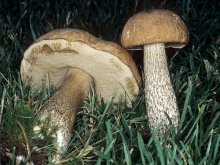
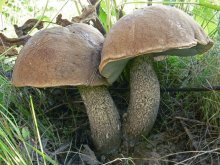
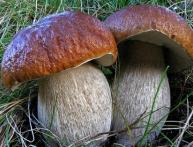
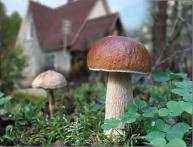
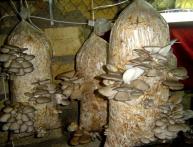
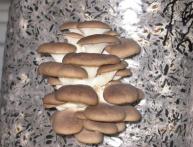
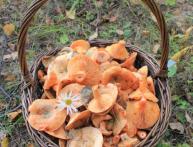
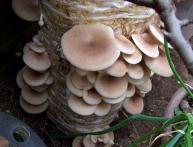
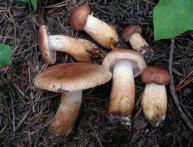
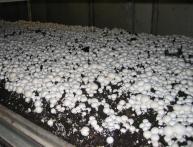
Comments
We have a small grove behind our dacha, but no matter how much I tried to plant boletus there, it still didn’t work. This year I want to buy ready-made mycelium. I think this option will give the best result.